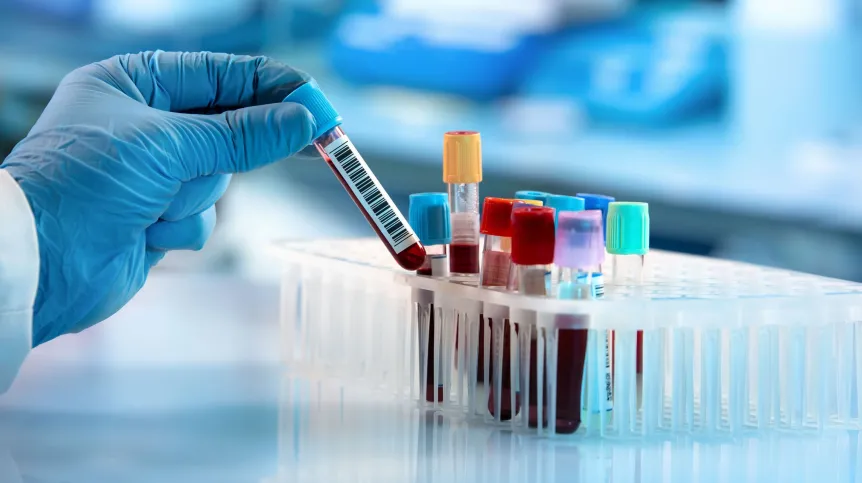
Geneticists and haematologists from the University Clinical Hospital in Rzeszów have developed a new method for diagnosing blood cancers. The test enables faster and more cost-effective analysis of immunoglobulin gene characteristics and can also help predict the course of the disease.
Work on the new method for diagnosing chronic lymphocytic leukaemia (CLL) took two years. The TAG-CLL test was conceived and developed by Dr. Marzena Wojtaszewska, head of the Molecular Biology Laboratory at the hospital.
“The TAG-CLL method is used to determine the aggressiveness of leukaemia. With this test, we read the immunoglobulin gene sequence and conclude whether the gene is mutated or not. Based on this, it is possible to determine the patient's prognosis,” explains Dr. Wojtaszewska.
The new method shortens the waiting time for results from about a month to two weeks. It is also roughly 20 percent cheaper than existing techniques, making it more accessible to patients. The test typically costs several thousand złotys.
Chronic lymphocytic leukaemia is the most common blood cancer in adults. “Thanks to the new method implemented in our hospital, we quickly obtain information that allows us to provide patients with modern, safe, and effective therapy,” says Professor Mirosław Markiewicz, head of the Haematology Clinic and co-author of the project.
Scientists from the University of Rzeszów also contributed to developing the test. “Thanks to their support, we managed to obtain research funding and conduct the necessary tests. We then trained geneticists from other large hospitals in our technique,” Wojtaszewska adds.
Following a series of workshops, other laboratories began using the method, including the University Hospital in Kraków and the Institute of Haematology and Transfusion Medicine in Warsaw.
“The development of modern genetic diagnostics is one of our priorities. Successes like this prove that Rzeszów is well on its way to becoming a leader in molecular diagnostics for cancer patients,” says Marcin Rusiniak, director of the Rzeszów hospital.
A scientific paper describing the new diagnostic method has been published in The Journal of Molecular Diagnostics. (PAP)
al/ agt/ mow/ kap/
tr. RL













